Use a commemorative exhibition to pay tribute to the artist and the heart of the heart
Author:Zhejiang Daily Time:2022.08.06
Zhejiang News Client reporter Shen Lianyu
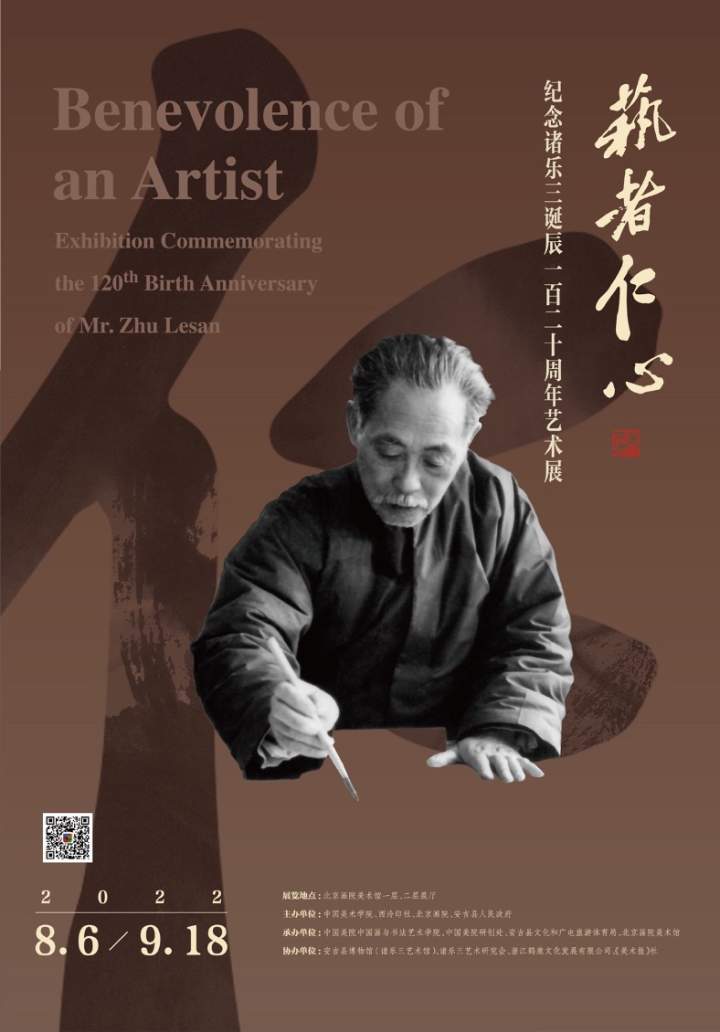
On August 6, the first station of the first station of the Beijing Painting Academy Art Museum was jointly sponsored by the "Artist Benefit -Commemorating the 120th Anniversary of the Birthday of the Music Third Birthday of the Third Birthday of the Music" Essence
In July 1985, the "Zhule Three Painting and Calligraphy Carving Exhibition" was held in the Beijing China Art Museum. At that time, there were arts in the art community such as Wu Zuoren, Li Keran, Ye Qianyu, and Liu Kaiqu participated in the opening. In 2022, after 37 years, when the 120th anniversary of the birthday of the music, the art of Mr. came to Beijing again.
The exhibition was planned by Dean Wu Hongliang of the Beijing Academy of Painting and Professor Lu Yan of the Chinese Academy of Fine Arts. Boya Tongda asked for ingenuity -engraving "" with art as a family peach and Li Fen -teaching ", comprehensively reviewing the creative experience and artistic life of Zhu Le San.
Teacher out of Wumen, poetry, calligraphy and painting are good
Zhu Le San was born in Hyo Feng (now Anji), Zhejiang (now Anji). He was a professor at Zhejiang Academy of Fine Arts, vice chairman of the Zhejiang Artists Association, Deputy President of Xiling Yinshe, and Dean of Xiling Painting and Calligraphy Academy.

During the art career of Zhu Le San, the teacher Wu Changshuo is an important coordinate that he can't get around. The name "Le San" comes from the suggestion of the teacher, originated from Confucius "benefit the three music": "the joy of being a man, the joy of poetry, calligraphy and painting, and the joy of engraving." Zhu Le settled in Wufu at the age of 38 and studied art for 7 years on the day and night. As a disciple of Wu Changshuo's room, in the four areas of poetry, books, paintings, and printing, Zhu Le San has been burned by Weng Weng, and he has pushed Wu Pai art to a new peak in his life.
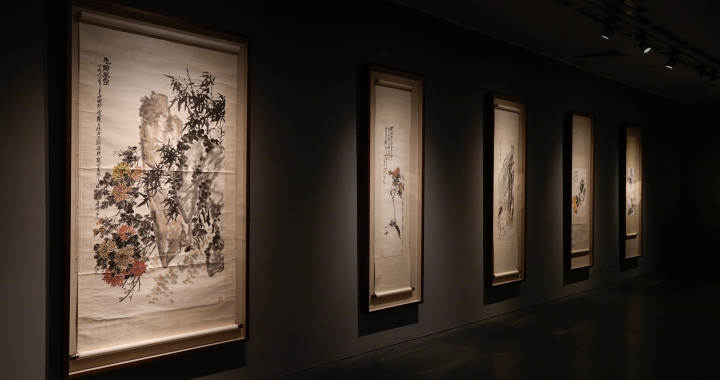
Chinese traditional art attaches great importance to the Pokémon and emphasizes the learning of people. This is also an important characteristic of Zhu Le San in artistic creation and research. He said: "The engraving does not have the strong skills of the calligraphy of various physical calligraphy. There is ink gas; in turn, in the painting and calligraphy, if there is no practical experience of golden stone engraving, it will not produce ancient golden stone.
Looking at the works of Zhu Le San, not only the painting techniques are skilled, but also the calligraphy is also chic. According to Xu Jiang, vice chairman of the Chinese Federation of Literature and Cultural Federation and chairman of the Zhejiang Provincial Literary Federation, the flowers and trees in his writing often turned into a combination of psychiatric, Li, and Crazy grass to write a winding gesture. The inner bone force of this calligraphy, the wind is brought out of the grass, leakage is often left in the sprinkler, which always shows the vast and mighty weather. Chinese painting emphasizes calligraphy into painting. Mr. Wu Changshuo is the peak of modern times.

In the four areas of poetry, calligraphy and painting, the three are prominently engraved with seal. He adheres to the concept of "Seal Seal Seal". On the one hand, he can learn the essence of the ancient text and golden stone literature, as well as the seal, the seal, the Ding, the brick, the tile, the pottery, and the stone. On the one hand, Mr. believes that when the word of the seal shows the meaning of calligraphy art, he integrates his deep understanding of calligraphy into seal engraving.

Zhejiang Academy of Fine Arts Zhule 3 1972. 2.2cm × 1.6cm Anji County Museum (Zhu Le San Art Museum) Seal: Zhejiang Academy of Fine Arts: April 1972, Le San.

Baihua played Zhule for three 1960. 3.7cm × 3.7cm Anji County Museum (Zhu Le San Art Museum) Tibetan Seal: Baihua blessing: Baihua blends, innovate. Keep this word for literary artists. Le Carved, Gengzi three days after the autumn of the year.
However, compared with the calligraphy engraving, Zhu Le San's paintings are more precocious. He was influenced by Wu Changshuo since he was a child, and later lived in Wu Changshuo's house, his ears, and direct guidance. His pen and ink meaning, composition characteristics, and styling characteristics show his close connection with Wu Changshuo painting everywhere. However, in the inheritance of Wu Changshuo, Zhu Le San returned to the interest of traditional literati paintings.

Peach Blossom Zhu Le 3 1959 121 × 243CM China Academy of Fine Arts College
According to the information released by the Beijing Academy of Painting, Zhu Le San's paintings were influenced by Wu Changshuo, and he was well versed in the painting of gold and stones. Before painting, there must be poetic meaning, and then the painting will be painted. His paintings have more poems on his paintings. Poetic and painting are intertwined with each other. The choice of breaking through the theme of traditional literati painting has become a unique style in the three paintings.
The artist is benevolent, Tao Li is all over the world
The three families of Zhule were deeply studied. In the early years, they entered the Shanghai TCM Specialty School. At that time, the country was in trouble, and the situation was in danger. Then he abandoned the medicine and followed the arts and religions of the people.
For Zhu Le San, poetry, calligraphy and painting are seal, and the three identities of artists, scholars and educators are also complementary. He has taught at Shanghai Fine Arts College, Xinhua Art College, Changming Art College, and National Art College. In coaching for dozens of years, he played a pivotal role in the process of starting and reconstruction, pioneering, and eloquent in Chinese painting and calligraphy engraving.

In the 1950s, Zhu Le San had worked hard with Mr. Pan Tianshou, Wu Yanzhi, and other gentlemen to hire good teachers while leading in leading and in -depth teaching. Today's Chinese Academy of Fine Arts) The reconstruction and development of the Department of Chinese Painting has laid the foundation. In 1963, Zhu Le San and Pan Tianshou, Lu Weizhao, and Sha Menghai jointly founded the first undergraduate calligraphy engraving in the history of higher art education in New China, and was responsible for drafting the syllabus of seal engraving, teaching scriptures and seal engraving. In 1979, he cooperated with Lu Weizhao and Sha Menghai for nearly 80 years, and opened a graduate education for calligraphy and seal engraving at the Zhejiang Academy of Fine Arts (now China Academy of Fine Arts).
Gao Shiming, the dean of the Chinese Academy of Fine Arts, said that the basic characteristics of the Chinese Academy of Fine Arts are the academic framework of Boya and the blueprint of various disciplines. The extension of the extension is cultural history, archeology, literature, history, and philosophy. It is particularly important that Mr. Zhu and Lu and Sha Ergong include the Oracle texts into the learning object, and quote Dong Zuobin Yin's calligraphy "Five Phase" to learn five categories in five categories. , Construct a grand pattern of higher calligraphy education back to ancient times. Due to the distant knowledge of your gentlemen, the calligraphy teaching of the Chinese Academy of Fine Arts has created a model of cultivating "people" since the birth of the calligraphy teaching, which is not only available in ancient Chinese characters, golden stone literature, and the study of history. The way.
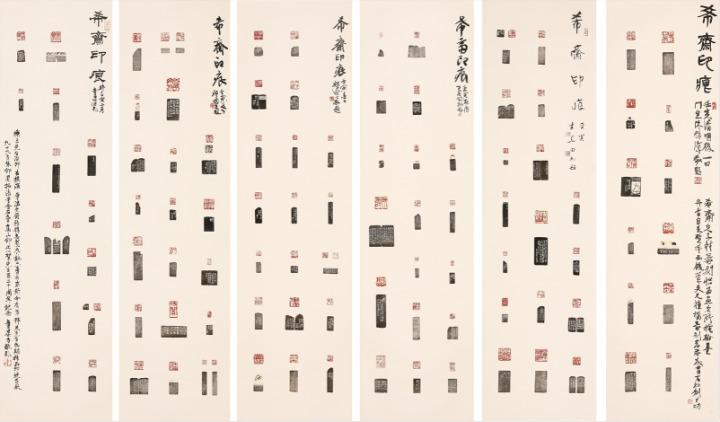
It is reported that in the second floor of the exhibition hall, the Beijing Painting Academy specially produced a year of education for Mr. Musan, which not only shows his important contributions and professional works in his 60 years of teaching, but also records his art with Pan Tianshou, Huang Binhong, and Wu Yanzhi's art. Exchange and painting together.
Carving 2 3 1923 25.8cm × 16.3cm Anji County Museum (Zhu Le San Art Museum)
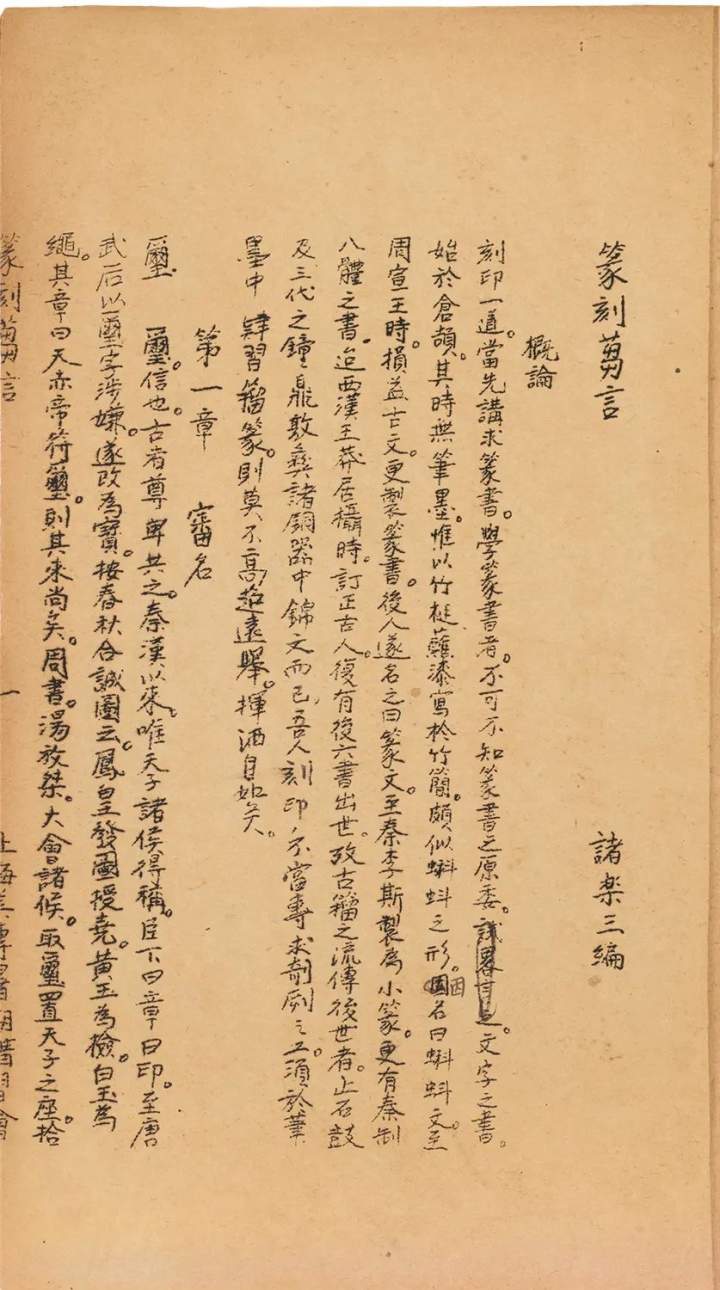
Next, the series of "Artists' Benefit -Commemorating the 120th Anniversary Art Exhibition of the Third Birth of the Music" series of activities will also be held in the Anji Music Museum (Anji County Museum) and the Art Museum of the Chinese Academy of Fine Arts. At the same time, the "Artists' Benefit -Zhu Le San Academic Symposium" and a series of lectures will be held.
当天,《诸乐三集·花鸟卷》《诸乐三集·篆刻卷》《诸乐三集·综合卷》3本画册,和《诸乐三研究一》《诸乐三研究二》《诸The three publications of the three years of the Le three years of the music "" Zhule Three Poems Collection Collection "have been published and distributed, and comprehensively review the artistic style, life and artistic contribution of Mr. Musican. The 7 publications were edited by the president of the Chinese Academy of Fine Arts, Gao Shi, and published by Zhejiang People's Fine Arts Publishing House.

The exhibition will last until September 18.
【Appreciation of some works】
Lanshi Peony White Bamboo Leaf Pan Tianshou, Wu Yanzhi, and Music Three Painting 1958 40 × 148cm Chinese Academy of Fine Arts College

Watsua Banana Zhuo 3rd 1947 67.2 × 33.4cm Private Collection
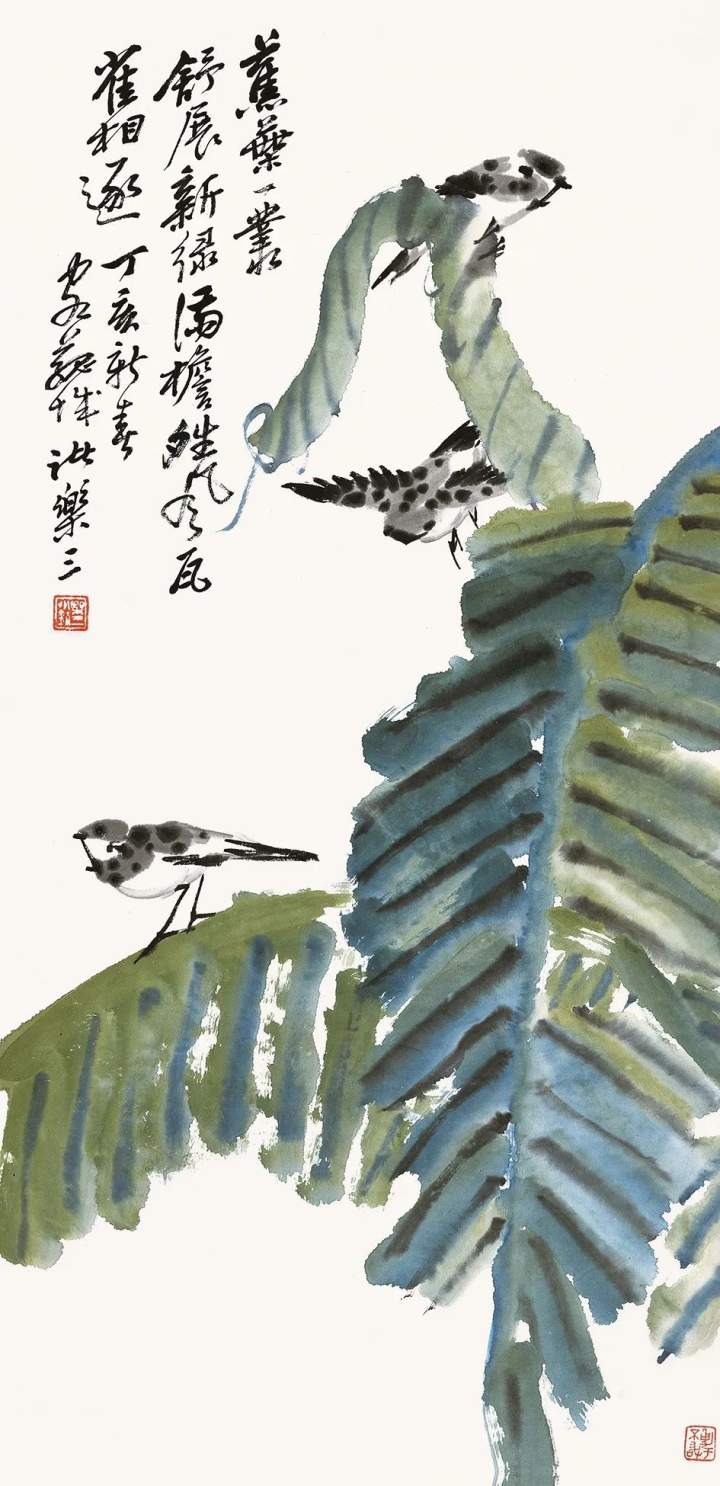
Cotton Zhule 3 1974 × 40.5cm Anji County Museum (Zhu Le San Art Museum) Collection
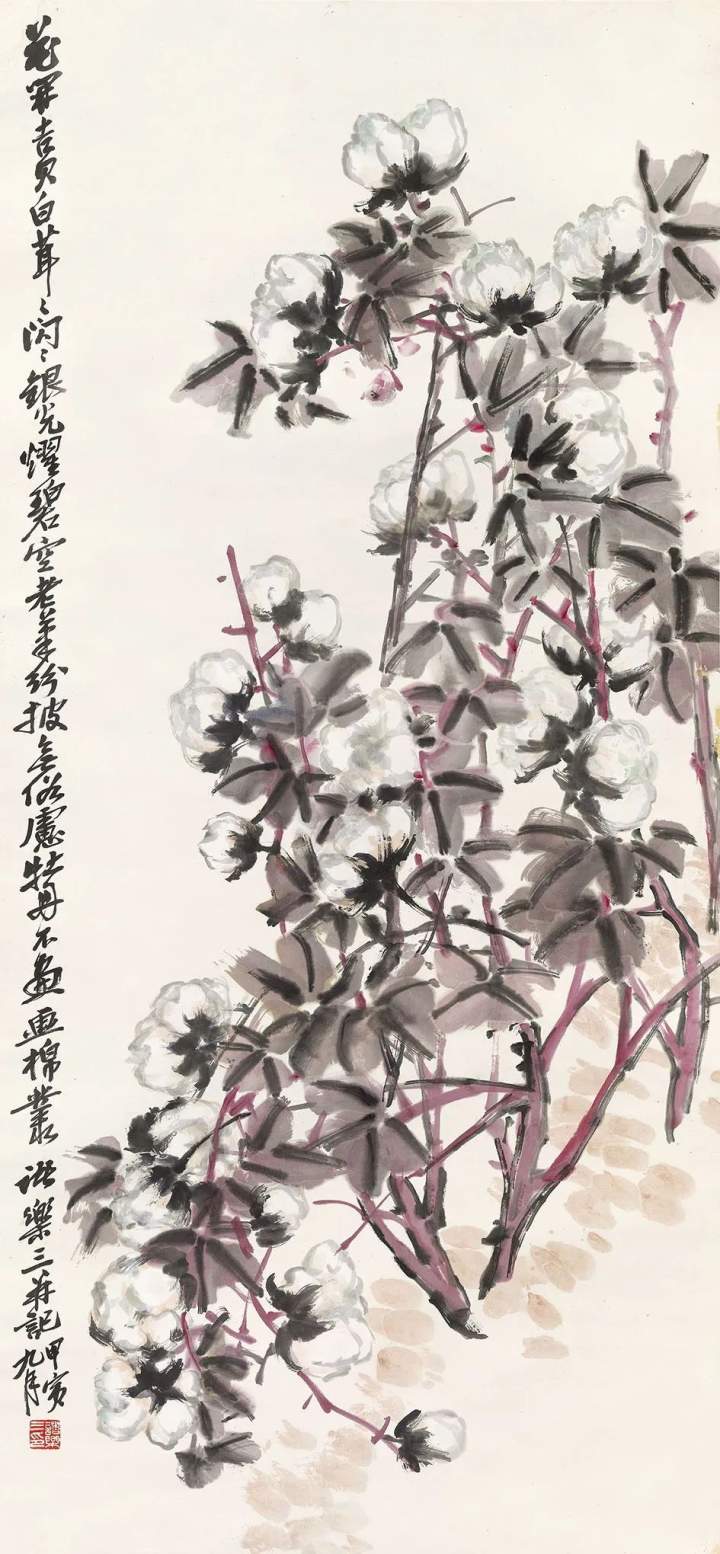
Yushu Deng Diaoyutu Zhule 3 1961 134 × 33cm

Xiyan has its own seven -character and all music three 1978 136.1 × 33.4cm × 2 private collection
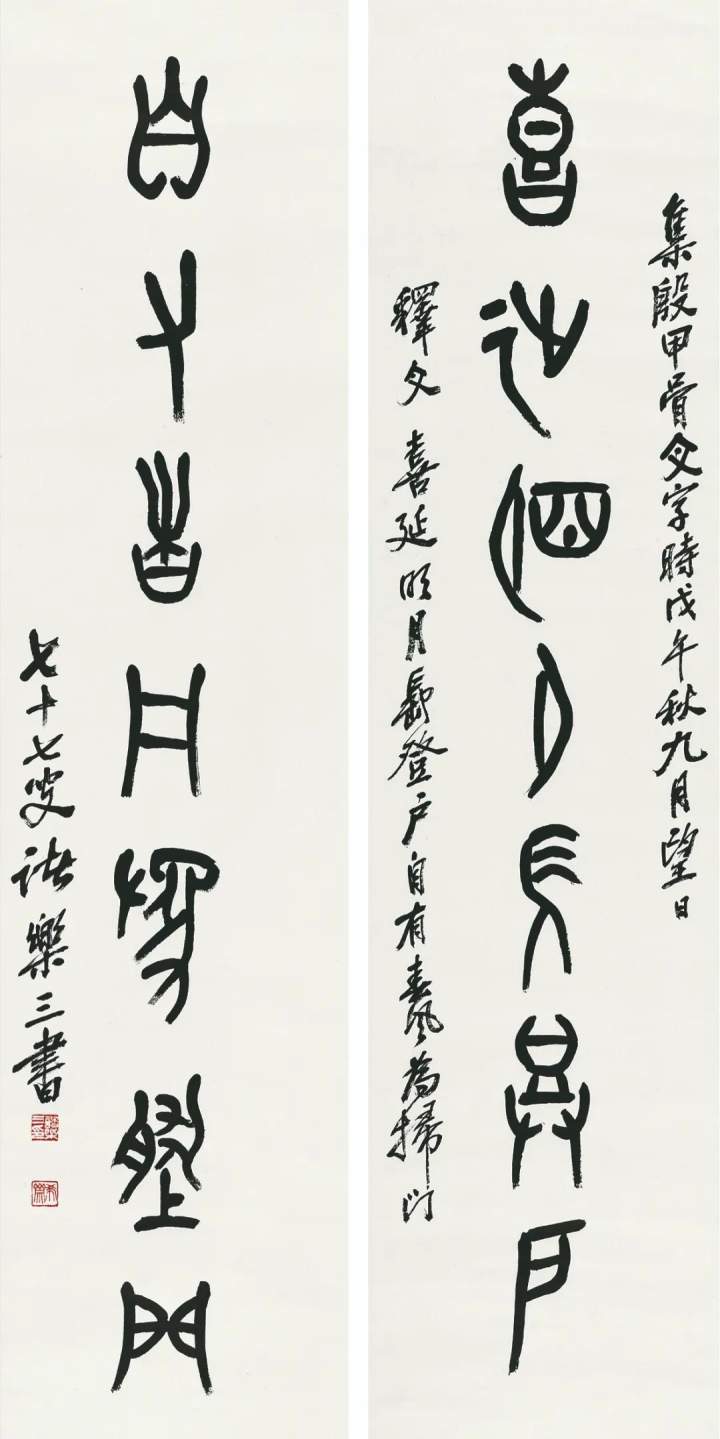
- END -
The Fifth Digital China Construction Summit span digital gap: The National Digital Literacy and Digital Rural Forum are held in Fuzhou

On July 23, the Fifth Digital China Construction Summit span the digital gap: The ...
Suzhou: For more than 6,700 years ago, Jiangnan's prehistoric culture is newly discovered

Archaeological relics and historical relicsIt is a testimony of the history of hum...